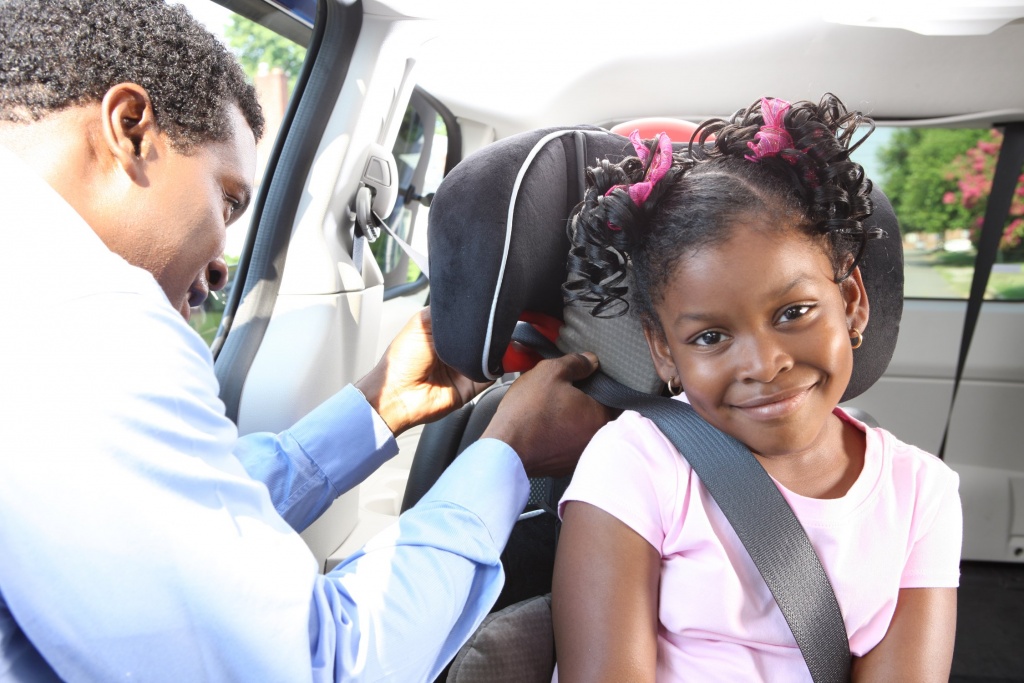As summer comes to a close, schools are opening back up again, which can be exciting time for students, parents, and educators. It is important to remember how to keep your child safe while riding to and from school in a vehicle, waiting in the carpool lane, or riding a bus. A new school year is a great time to review the child passenger safety tips that can help keep your family safe all year long.
The number one way you can keep your child safe in a vehicle is by using the appropriate child restraint seat. Depending on the height and weight of the child, a rear-facing seat, forward-facing seat, or a booster seat may be appropriate for your child. Always check the labels on the car seat to ensure the child still is in a correct seat. The National Highway Transportation Safety Administration has provided suggestions on best practice when choosing the correct seat for your child but again always check the labels because each seat has different height and weight requirements. The start of the school year is a great time to double check that your child has not outgrown the current seat you are using.

|
It is important to remind your child of the appropriate way to use a car seat every time your child rides in a vehicle even if the driver changes or duration of the trip is short. School is often close to home and it can be tempting to not secure the child in the seat because the ride is so short. It is equally tempting for the child themselves to not want to be a car seat since the ride is so short. But it is critical that every time you are in the vehicle you properly restraint your child in the correct car seat. Below are some tips to review with your child before every ride:
Sources: https://kidshealth.org/en/parents/auto.html |